So you want to start up a smart home, do you? They can be a lot of fun, especially when you really get into the rhythm of setting up devices and getting them on your network. Best of all, because it's all local, you don't need to have your devices broadcasting on the internet if you don't want them to.
However, as is the case with all hobbies, getting started can be quite expensive. As such, you probably don't want to dive into the deep end right away; instead, you may want an "entry-level" board to test the waters first. So, here's why the Raspberry Pi Zero 2 W is the perfect way to get started with a smart home, and where it begins to fall apart.
The Raspberry Pi Zero 2 W isn't overkill for a small smart home
You'll only pay for what you use...
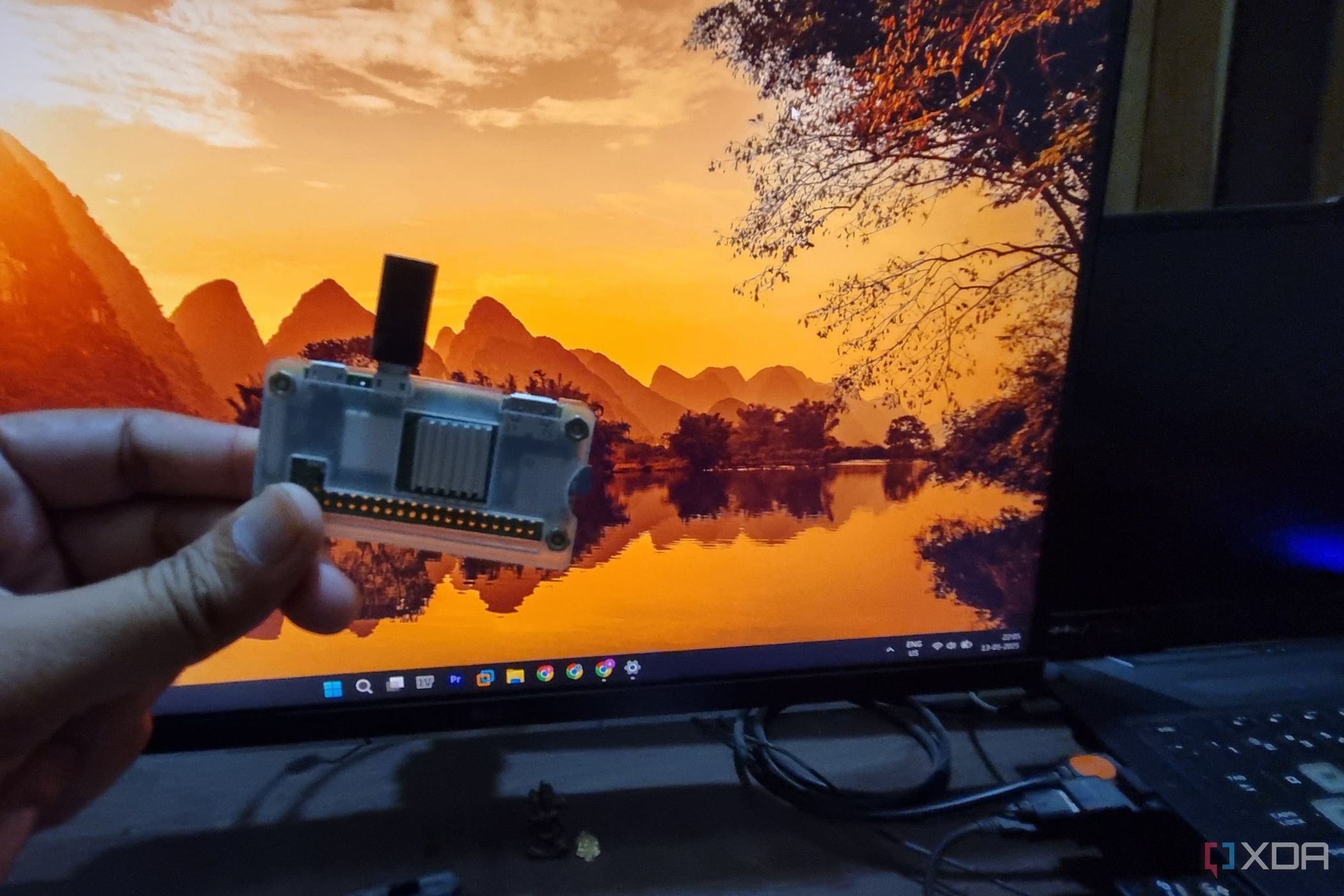
When getting into Raspberry Pis, it may be tempting to visit a Pi store, find the board with the biggest number at the end, and buy it. However, there's a good reason why the older, less powerful boards are still on sale today. Sometimes you need the cutting edge in Pi hardware, and sometimes the basics are more than enough.
If you wanted to get started with only a handful of smart devices (or even just the one), you don't have to go all the way up to a Raspberry Pi 5 to get the job done. I mean, you can if you want to, but if you don't want to go all out on a Pi just yet, a Raspberry Pi Zero 2 W should do the job just fine.
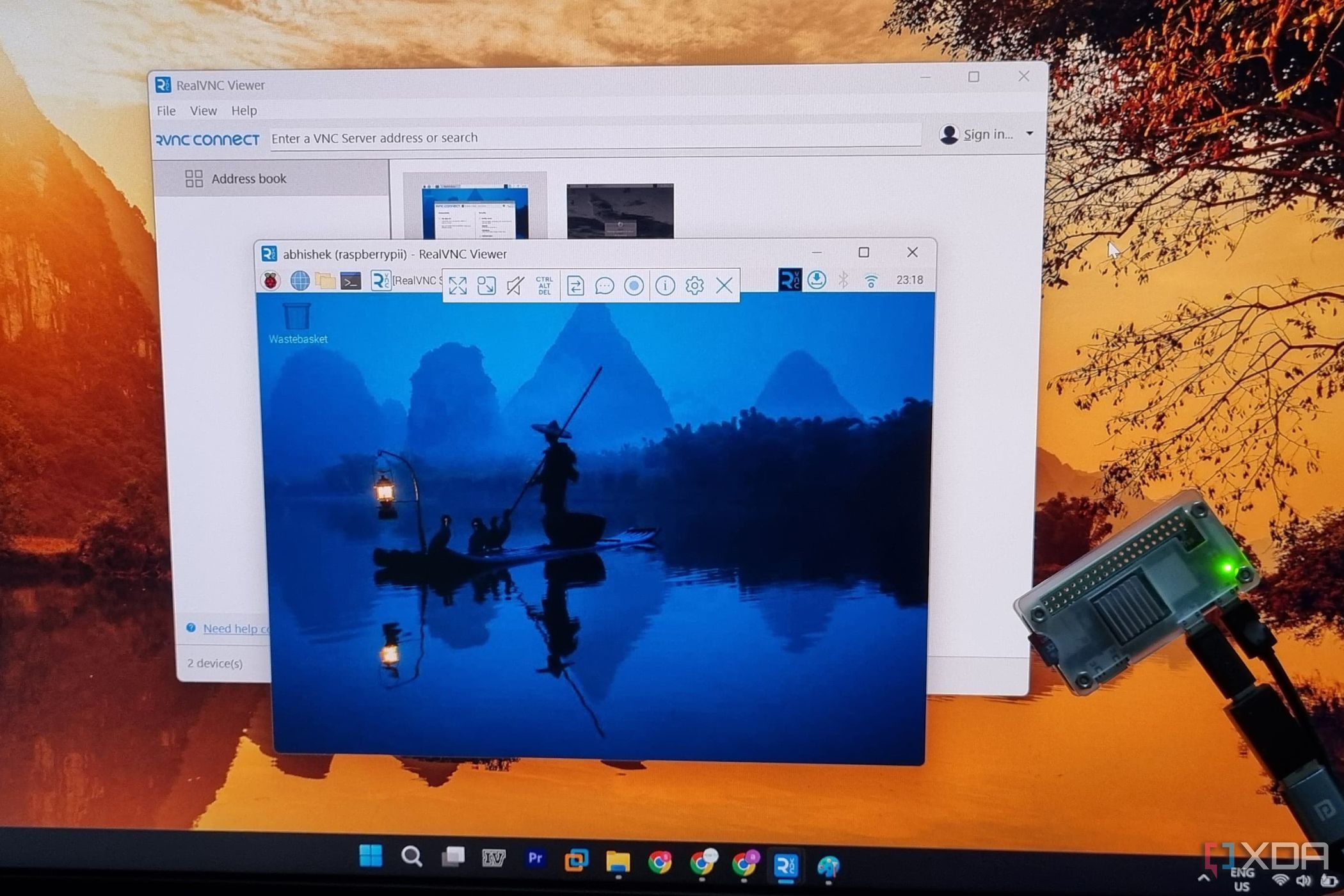
Related
5 Reasons Why I use RealVNC instead of Raspberry PI Connect
RealVNC makes remote access feel so easy and flawless while Pi Connect lacks several features and excludes many Pi models.
The Raspberry Pi Zero 2 W is pretty cheap
...and you won't be paying a lot
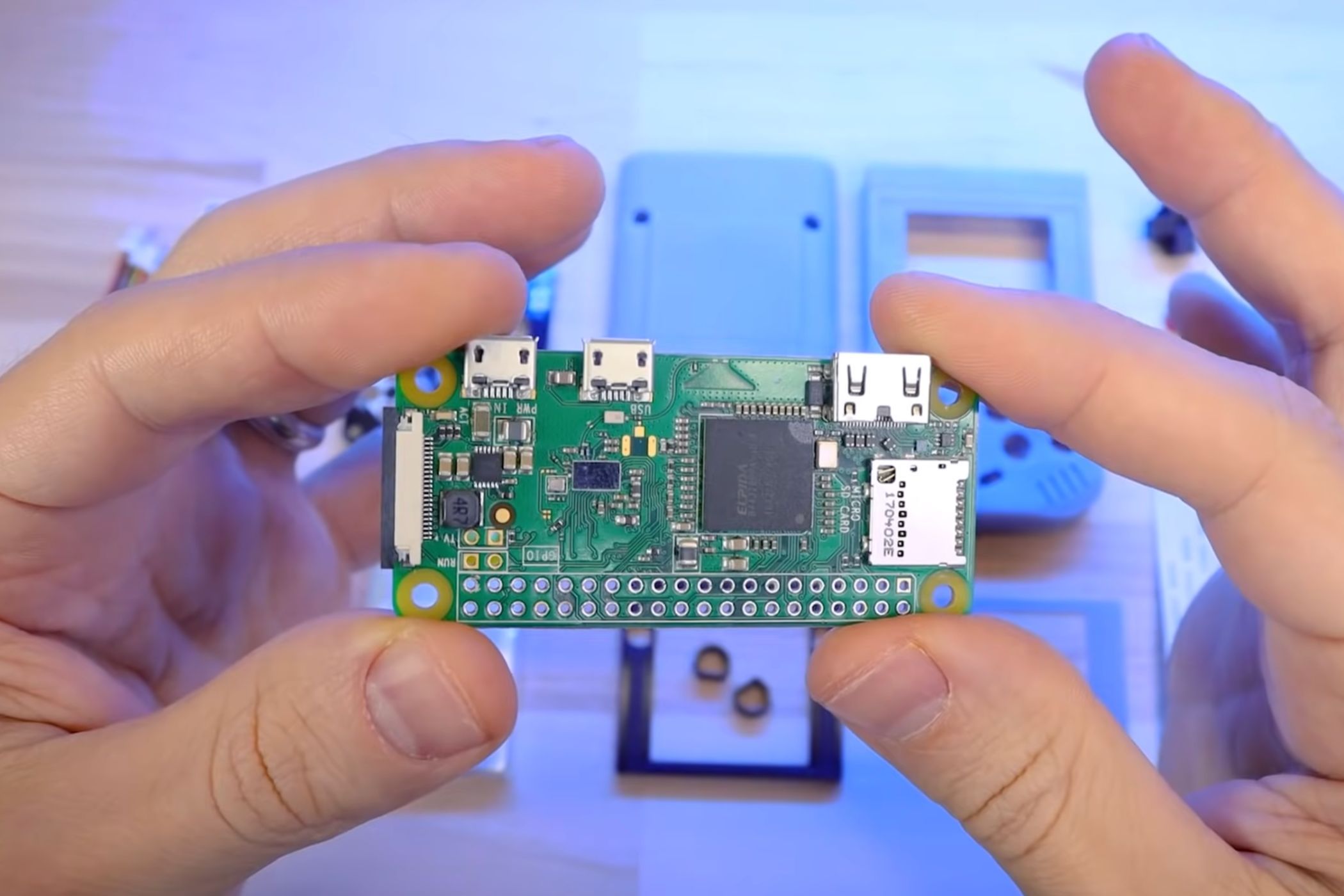
Let's assume you're contemplating grabbing a Raspberry Pi 5 instead of a Raspberry Pi Zero 2 W. Surely they can't be that pricier? Well, you may want to sit down for this one, because the Pi 5 is several times more expensive than the Raspberry Pi Zero 2 W.
At the time of writing, you can grab a Raspberry Pi 5 with 2GB of memory for $65 on the Pi Hut. The Raspberry Pi Zero 2 W, on the other hand, is around $19.50. For the price of a Pi 5, can grab three Zero 2 Ws and still have some change left over. Plus, the Zero 2 W is very low on power usage, so it won't make a dent in your electricity bill either.
This makes the Raspberry Pi Zero 2 W a great way to get started with smart homes without making a large investment. Unlike the Pi 5, you likely won't miss that amount of money if you fall out of love with the idea of a smart home.
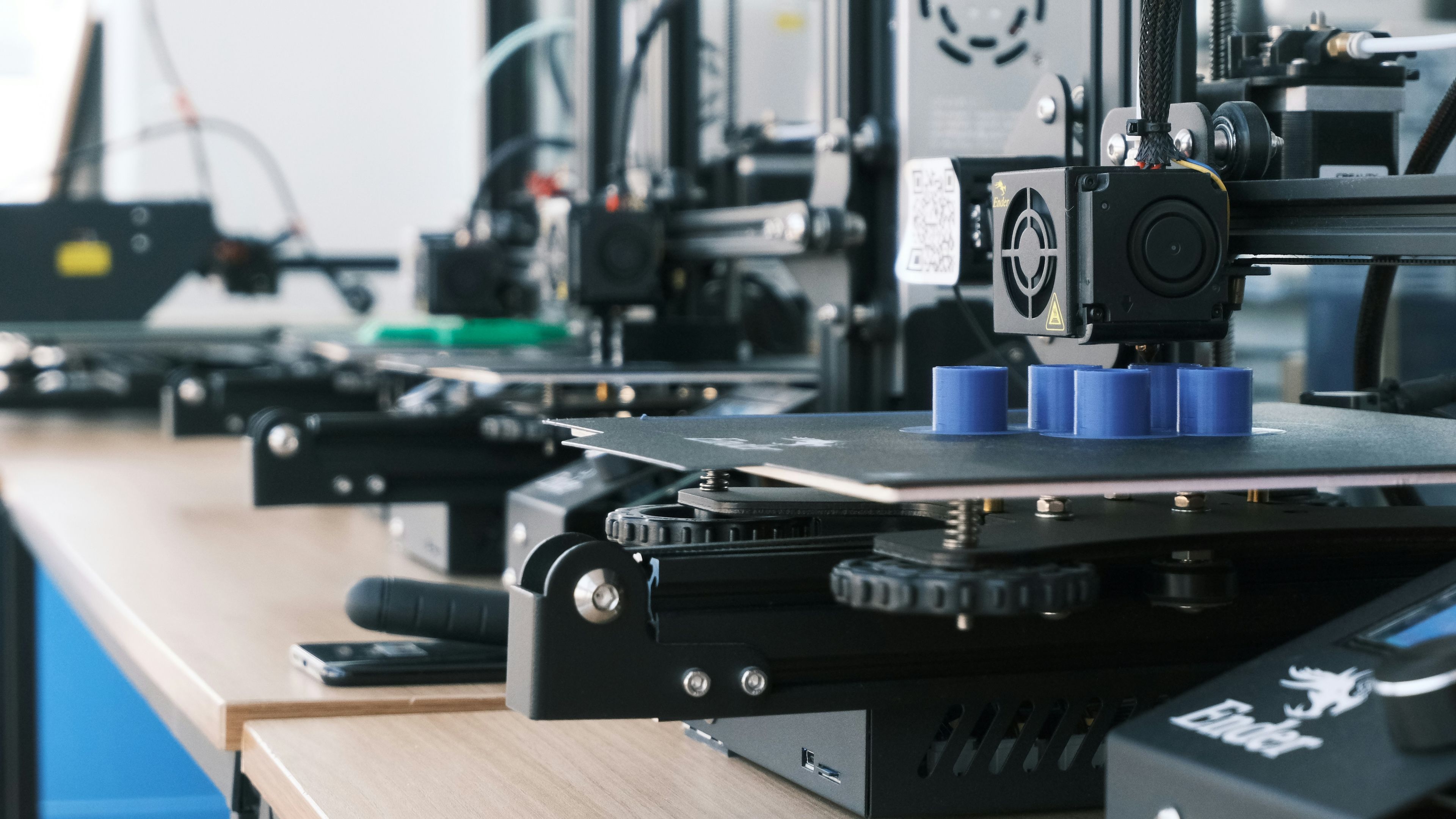
Related
7 things OctoPrint can do on a Raspberry Pi that make 3D printing even easier
If you aren't 3D printing using OctoPrint on your Raspberry Pi, you're missing out on a wealth of benefits
The Raspberry Pi Zero 2 W is really small
It doesn't take up a lot of room
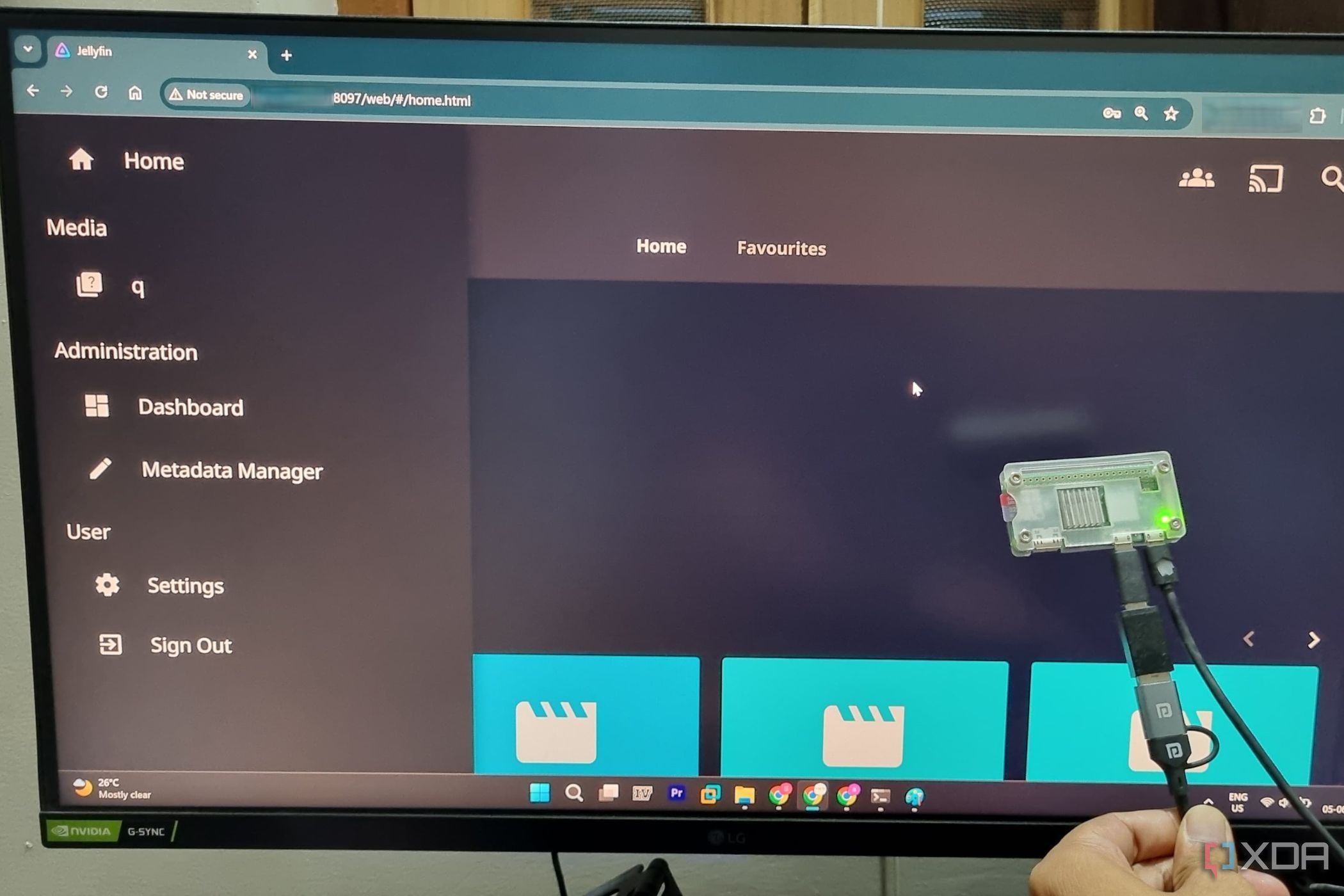
Another forte of grabbing a Raspberry Pi Zero 2 W over something bigger is its form factor. The Raspberry Pi 5 is 85 x 56mm, and the Raspberry Pi Zero 2 W is 65mm x 30mm. Its slimmer size makes it easier to "hide the hardware" if you want a clean and tidy smart home set up.
Plus, if you're only powering a handful of smart devices, you don't really want a huge board to keep them powered. Something small and slim like the Pi Zero 2 W is perfect when your projects don't ask for a lot.
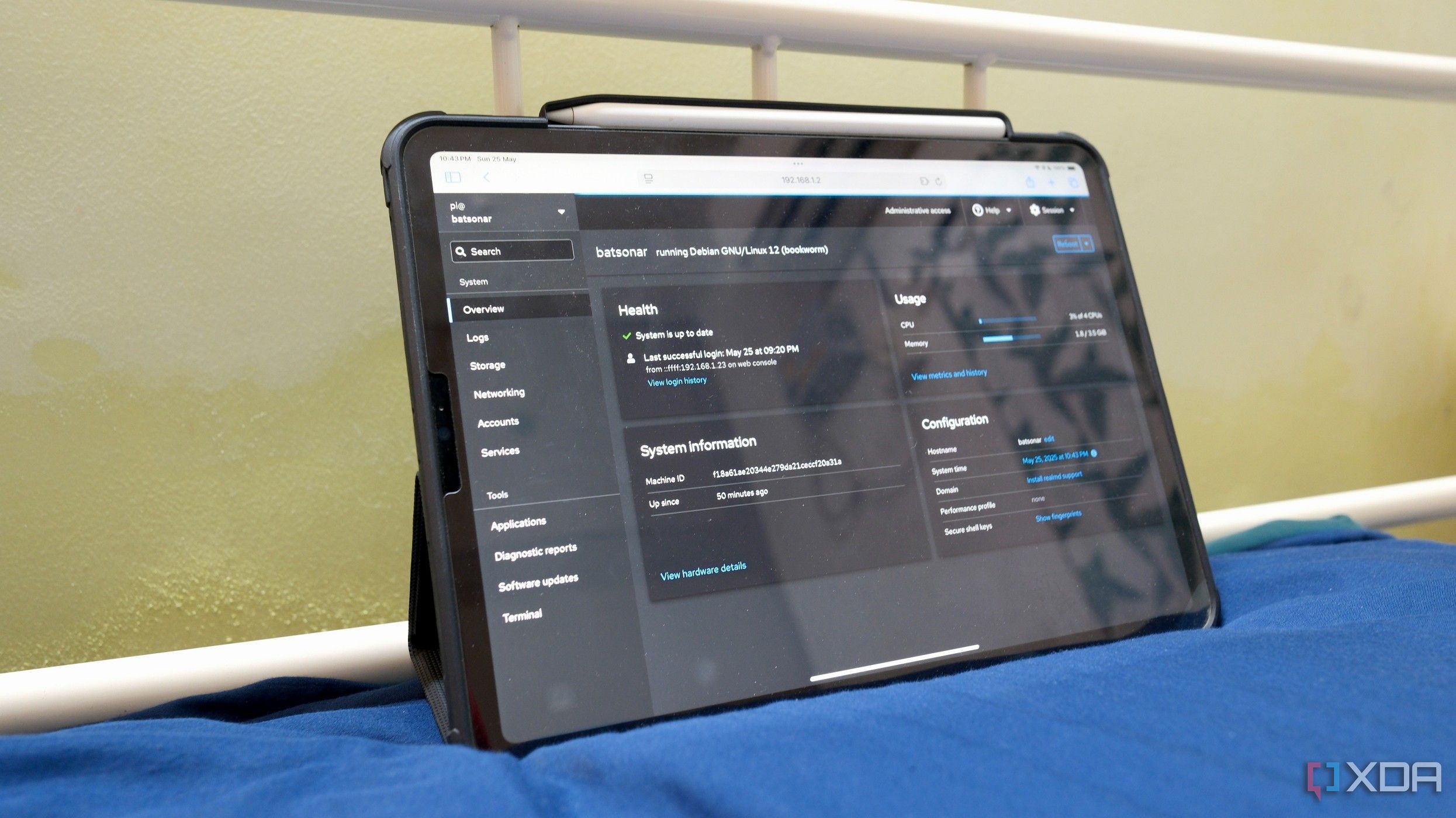
Related
I tried Cockpit to manage my Raspberry Pi and regret not using it sooner
A quintessential GUI that helps monitor the system health and also manage services on the Raspberry Pi
However, a Raspberry Pi Zero 2 W is only best as a starter board
It's a good beginner's kit, but the ambitious will find it lacking
You may have noticed throughout this piece that I've only discussed using the Raspberry Pi Zero 2 W as a good starting point. When discussing the devices it could power, I always mentioned a small handful of projects instead of a house filled with gadgets.
That's because, while the Raspberry Pi Zero 2 W is a great candidate for kickstarting your smart home, you'll probably grow out of it. Because, as cheap, small, and effective as the Raspberry Pi Zero 2 W is, it will buckle under too much pressure.
Case in point: simply running Home Assistant on a Zero 2 W can be a struggle. At the time of writing, Home Assistant only officially supports Raspberry Pi 4 and above. If you want to get started with Home Assistant and harness all of its capabilities, you'll likely have a miserable time getting it working properly on the smaller board. Plus, more complicated smart home setups may be too much for the teeny-tiny board.
If you're curious about how squeezing Home Assistant onto the smaller board fares, check out that one time one of our writers, Abhishek Kumar Mishra, installed Home Assistant on their Pi Zero 2 W. Spoiler alert: it wasn't great.
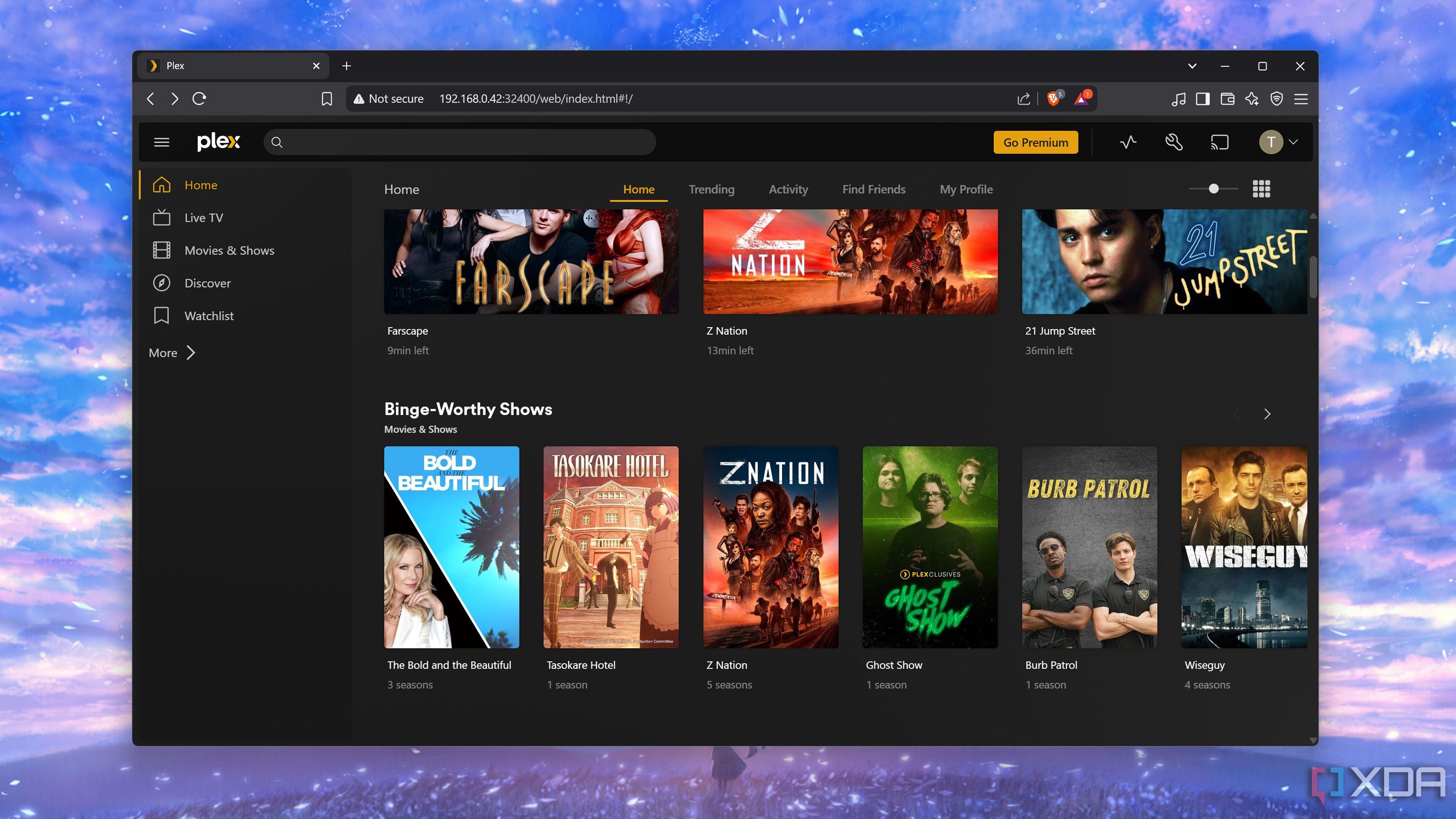
Related
7 Raspberry Pi projects that make your screens smarter
Whether you bought a new display specifically for your Pi or want to repurpose one gathering dust, these projects really show the Pi's capabilities
The Raspberry Pi Zero 2 W is a great starter kit, but be ready to replace it to suit your ambitions
Overall, if you just want to try out smart homes for yourself or keep things simple, the Raspberry Pi Zero 2 W can be a cheap and effective way to get started. As soon as you get into the advanced stuff, you may want to make the jump to a Pi 4 or 5 so it can handle all of the stuff you throw at it. Best of all, you don't have to chuck out the Zero 2 W once you upgrade; instead, you can relinquish its smart home duties and put it to work on one of these lightweight projects.
.png)

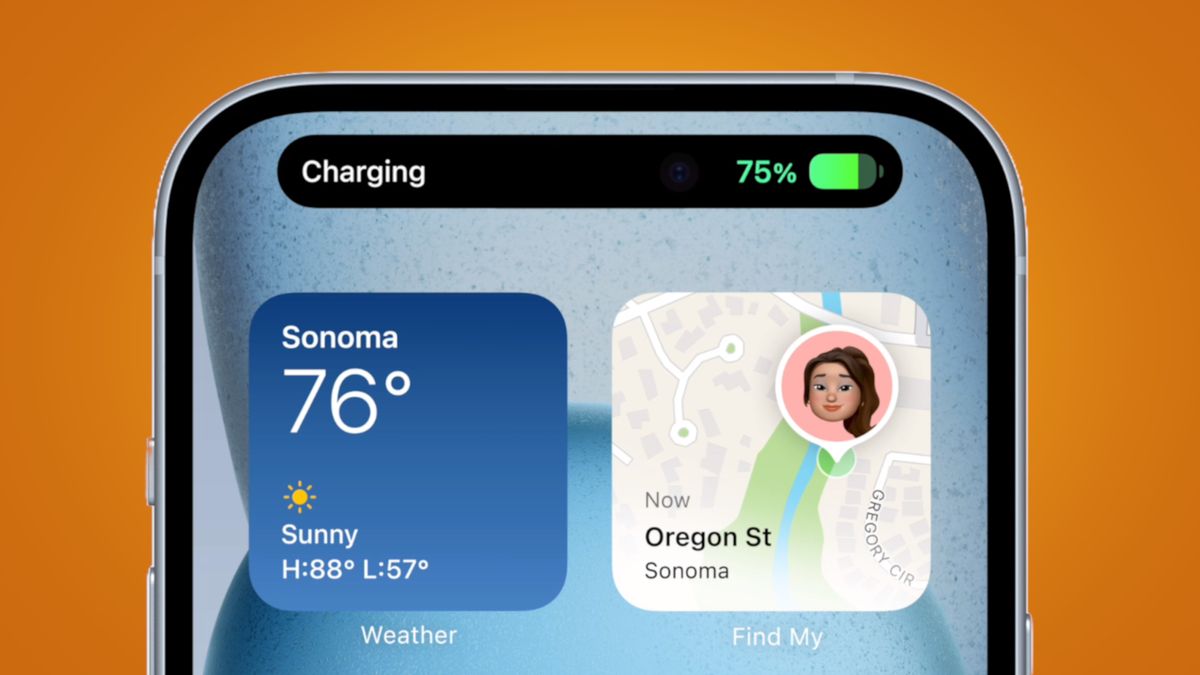








 English (US) ·
English (US) ·